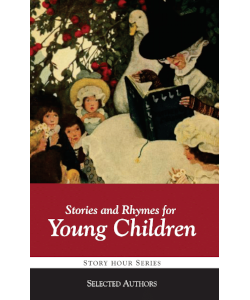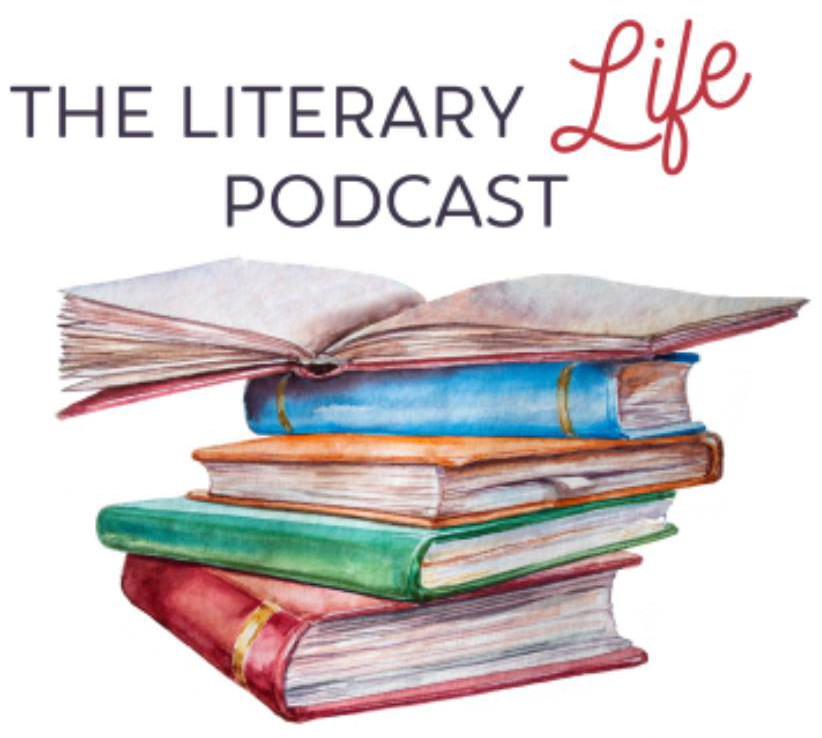Stories and Rhymes for Young Children

Paperback only
Editor:
Marlene Peterson
Publication:
2014 by Libraries of Hope
Genre:
Anthology, Fairy Tales, Fiction, Poetry
Series:
Story Hour Series ![]() Members Only
Members Only
Series Number: 2
Pages:
352
Current state:
This book has been evaluated and information added. It has not been read and content considerations may not be complete.
Book Guide
Mother Goose rhymes have been around for a long, long time for a reason. Children love them and a mother should have a great supply of them ready at all times to share by heart. I included a goodly number of them to refresh your memory in the beginning of the book. l found a Mother Goose book that was laid out developmentally. If you have a baby, start with the ones that are silly but are fun to say and listen to. Then they unfold through the familiar and imaginative stages and then story. Children love repeating Mother Goose rhymes! When they get a little older, let them watch you say and write the words in the first pages in their Memory Gems and let them illustrate them. Later, use them for copy work as your children start to write as a way to practice their writing. Next, I included all the poems from Stevenson's Child's Garden of Verses, a hands-down childhood favorite of many moms. If you go in the online library, I linked to 5 different versions that have beautiful color illustrations you can print out if you want illustrations to go with your poems. And while you're in there, you'll notice a good supply of poetry books for your use. The book then offers you stories for 3 year olds—like The 3 Bears, The 3 Little Pigs, The 3 Billy Goats Gruff. Little children love to hear these kinds of stories over and over and over again. If you don't know them by heart when you start, I'm sure you will soon.Then you'll find several short stories for the Familiar Stage—stories of animals and family.
By the time a child is four, they're bridging into the Imaginative Years. Raggedy Ann is a favorite story that is part real and part imaginative as is Uncle Wiggily. You'll find more stories in the online library. And you'll find pictures of Raggedy Ann you can look at or print out for a literature gems page. The pictures themselves become an instant trigger for remembering the story and can be used to let your child re-tell parts of the story. But don't let it become a chore!
From the Libraries of Hope website
To view an example page please sign in.
Resource Guide
Episode 70: Why Read Fairy Tales?
Released in 2020 by The Literary Life
Available formats: Streaming Audio
Length: 1 hr. 29 min.
View on the The Literary Life site
"Angelina Stanford and Cindy Rollins tackle the topic of fairy stories, discussing the what, why and how of reading them. Angelina shares the distinctive characteristics of fairy stories in contrast to other types of stories, such as myths. They deal with the question of whether fairy tales are 'escapist', the influence of the Grimm brothers scholarly work on interpreting fairy stories, and allowing the story to unveil its deeper truths without forcing meaning onto it.
Angelina gives an illustration of how to see the gospel messages in fairy tales by talking us through the story of Sleeping Beauty. She refutes the ideas that fairy tales are about human romance or are misogynistic. She also highlights some of the Enlightenment and Puritan responses to fairy tales that still linger with us today. Cindy and Angelina also discuss some common concerns such as the magical, weird, or scary aspects of fairy tales. Angelina also makes a distinction between folk tales, literary fairy tales, and cautionary tales."


